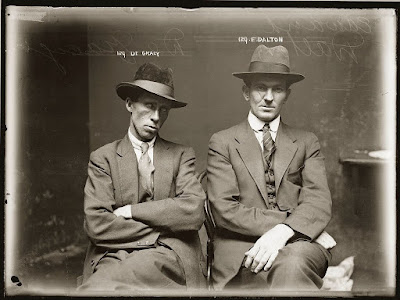
Best-selling author Jonathan Safran Foer described Farm Sanctuary in his book Eating Animals as “one of the most important animal protection, education, and lobbying organizations in America.” And as the organization responsible for bringing farm animal issues to the forefront celebrates its 25th anniversary, it’s important to remember all of the progress Farm Sanctuary has made.
The organization urged the passage of the first U.S. laws to protect animals on farms, initiated the first cruelty convictions at slaughterhouses, and established the largest rescue network for farm animals in North America. In addition, Farm Sanctuary is responsible for getting fast food chain Burger King to add a veggie burger to their menu.
My Family and I with some friends visited the "
Farm Animal Sanctuary" in Woodstock, New York last fall and had a very nice time with the rescued animals, so much nicer than going to a zoo. "Captivity Sucks!"


Thanks,
Ecorazzi





















































